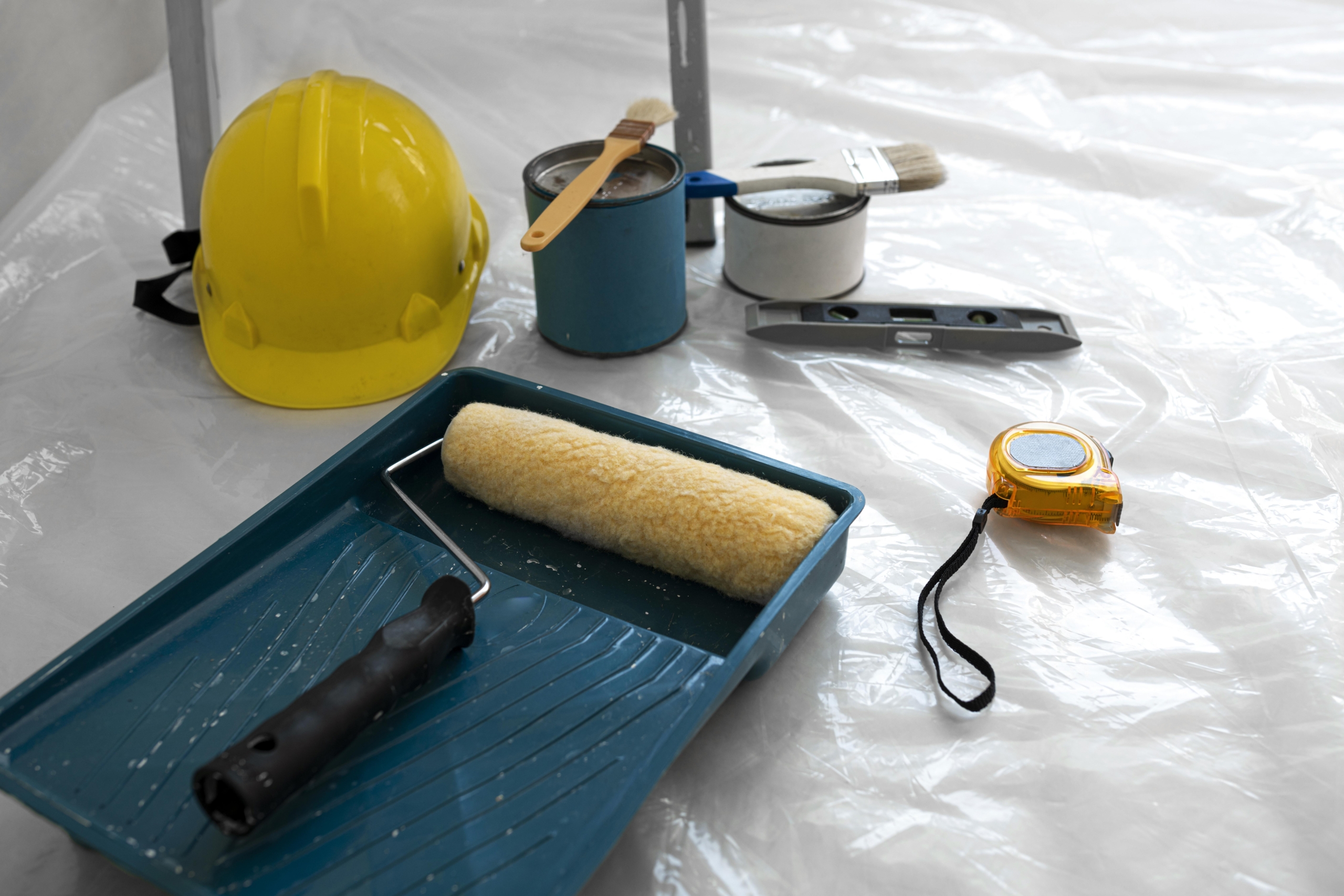Remodeling your home can feel overwhelming, especially when you’re unsure where to begin or how to set priorities. A clear roadmap helps you make informed decisions and achieve a successful transformation. Here’s a guide to help you start your home remodel and focus on what truly matters.
1. Assess Your Needs and Goals
Start by identifying why you want to remodel. Are you looking to improve functionality, increase space, boost resale value, or update outdated styles? Define your goals to guide your decisions and stay focused throughout the process.
2. Set a Realistic Budget
Establish a budget that covers labor, materials, permits, and a contingency for unexpected expenses. Be honest about your financial limits and prioritize projects that deliver the most value within your budget.
3. Prioritize Structural and Safety Issues
Before making cosmetic changes, address critical issues like roof repairs, plumbing, electrical systems, and foundation concerns. Ensuring your home is safe and structurally sound should always come first.
4. Focus on High-Impact Areas
Kitchens and bathrooms typically offer the highest return on investment and improve daily living. Start with these spaces to maximize both functionality and property value.
5. Consider Energy Efficiency
Investing in energy-efficient windows, insulation, and appliances can reduce utility bills and make your home more comfortable. Prioritizing eco-friendly upgrades also contributes to sustainability.
6. Plan for Functionality and Flow
Think about how each space is used and how rooms connect. Improving layout and traffic flow can make your home feel larger and more practical without major structural changes.
7. Start Small and Build Momentum
If a full-scale remodel feels daunting, start with smaller projects that offer visible results—like painting, updating lighting, or replacing hardware. These updates can build momentum and motivate you to tackle larger renovations.
8. Choose Timeless Over Trendy
While it’s tempting to follow design trends, prioritize timeless styles and durable materials that will age well. This approach ensures long-term satisfaction and better resale appeal.
9. Work with Professionals
Hiring experienced architects, designers, or contractors can save you time, money, and stress. Their expertise can help you avoid costly mistakes and achieve a polished final result.
10. Create a Detailed Plan and Timeline
A clear renovation plan outlines the scope of work, materials, schedule, and budget. Having a roadmap helps you stay organized and ensures each phase of the remodel runs smoothly.
Final Thoughts
Starting a home remodel doesn’t have to be overwhelming. By assessing your needs, setting a realistic budget, and prioritizing wisely, you can turn your vision into a beautiful, functional reality. With the right plan in place, your home transformation will be both satisfying and successful.




